Spring flooding of basements is very common and most times can be easily avoided. Why basements flood in the first place is pretty easy to answer – it’s a hole in the ground and the ground is wet! Basements are sometimes below the water table to begin with, but water tables rise during the spring snow melt, and without proper basement drainage (French drains or weeping tiles at foundation footings) you could have a big problem as water forces its way in.

Also, if your basement has the hot water tank with a drain underneath, or a sink or washing machine drain or shower tray at low level, you should also check carefully if these have non-return flap or ball operated check valves fitted inline to prevent excessive rain or melt water in outside drains backing up into the basement. These are also called backwater valves. See the backflow prevention drain grid for basements that Mike Holmes recommends here.
Even worse, if there's a toilet in your basement and this was plumbed into an older system or was done DIY, if the waste water drains ever had an issue, the water table only has to get above the height of the lip of the bowl and then the sewage will backfeed and fill the basement.
Did we mention yet that we're not huge basement fans for a whole list of reasons? This is one of them - so while up-to-date code in certain areas insists on flap-operated sewer check or backwater valves as standard in a finished basement, as a decent quality one is a few dollars we often see unscrupulous builders conveniently forgetting to fit them when building or finishing an unfinished basement which may not have them already unless specifically requested.
Find and compare sewer check and backwater valves online here

This is definitely one of the essential things to know if you are considering buying a home with either a finished or unfinished basement, or even when building a new one - insist upon, and double check that these backwater valves are fitted on drains, and fitted correctly. And yes, they are 'one-way', and we have dug them out in the past when 'malfunctioning' only to discover they had been installed backwards!
The most important thing to remember when building, renovating and finishing basements - they are not, and cannot be made, completely waterproof. So the smart money would be betting that at some point, water will win and your basement will flood to at least some small degree.
I once heard an amusing anecdote from building science basement expert Professor John Straube of Waterloo University, who described the 11 billion dollars worth of engineering brilliance that goes into building a nuclear submarine, including doing an MRI of every stainless steel bolt that goes into it. And in the end, they install a pump because they assume it's going to leak! So if the American military can't build something waterproof, best to run with the assumption that we can't either.
We regularly speak of the 'belt and suspenders' approach in many areas of resilient design and green home construction, which is to have a backup plan so you don't end up with your pants around your ankles. Water follows the path of least resistance, and in the never-ending battle between it and basements, remember - water is never wrong about the easiest way to get from one place to another, but we often are.
How to prevent basements from flooding
Best practices for new home basement construction should always include foundation drainage, sump pumps, exterior foundation waterproof membranes and interior walls that can dry. All of these solutions can be applied when doing a full basement renovation that includes excavating to apply foundation waterproofing and insulation (see our pages on how to renovate basements so they don’t turn moldy, best green practices for flood-proofing your basement and best practices for insulating new basements in cold climates)

It's also a great idea to check around basement doors and window wells to make sure drains are present and clear - as these often get blocked by autumn leaf fall, or by something as simple as a plastic bag blowing over the grid - as well as downspout rainwater drains too - which often get blocked with leaves, pine needles and tennis balls or hockey pucks!
When designing a garden or changing the design, be certain that the land is graded away from the house where possible, away from stair and window wells, and that soil levels or mulching don't creep up in height and come over the top of dimpled membranes on basement walls - introducing humidity directly into the concrete or CMU.
It's always a great idea also to choose permeable pavers and hard surfaces in gardens to avoid creating small rivers from runoff every time it rains or thaws. Capillary action in masonry generally means walls will be damp up to 36"' above the level of water ingress - so the first step to preventing basement floods is directing excess water safely away from your house. Make sure your eavestroughs and landscaping are part of the solution, not the problem. Make certain that all that snow melting off your roof, lawn and driveway is directed away from your basement, not towards it.
Having checked all that, and having prevented sudden and excess spring thaw water from arriving in your man-cave, the easiest and cheapest way to prevent basement floods is with a correctly specified and operational sump pump.

What is a sump pump and how does a sump pump work?
A sump pump is installed in a sump pit, which is usually in an out of the way place in a basement, like the mechanical room. In the sump pit is a basin approximately 2 feet in diameter with holes on the sides. As the water table rises, water drains into the sump pit and is pumped out and drained far from the foundation.
The pump itself has a float similar to the float in the back of a toilet. As the water level rises, the float rises with it, and eventually trips a switch and activates the pump. Once the water level drops and lets the float drop as well, the pump shuts off.
The sump pump in some homes where water tables are high, or those that may be built in proximity to natural springs, will run regularly throughout the year, whereas in other homes in drier locations it may only run during extreme weather events, and some not even during a regular spring melt. The details matter when fitting sump pumps - be sure to have a functioning non-return valve on the outlet pipe to prevent water running into the basement through this line, and better still, make sure that the outlet pipe enters exterior drains away from the house, below the frost line if in a cold climate, but as high as possible in the system so the exit remains clear for pumping the water out of.
Even if you feel you are in a location where you aren’t at risk of flooding, if you have a basement, you should probably have a sump pump. Especially given the increase in extreme weather events due to climate change; and quite frankly, it’s unlikely many homeowners have ever said “I sure wish I didn’t install a sump pump”.
They really aren’t expensive when you consider the security they bring to a home and the peace of mind they bring to having expensive finishings, furniture and possessions in the basement that may be lost or damaged by the basement flooding.
An insurance claim may give you market value for your couch and flat screen TV, but it won't come close to the true value of damaged family memorabilia or your Fleetwood Mac album signed by Mick himself.

How to test a sump pump is operating properly
Sump pumps can on occasion suck up debris that can plug the intake or block the impeller, or the switch can malfunction, so they should be checked regularly to make sure they are operating properly.
To see if your pump is working properly, either slowly pour water into the sump pit until the float activates the switch and the pump empties the basin, or you can raise the water level with a hose. Either way, the objective is to introduce water without hitting the float switch as this can damage it or cause a malfunction.
We always prefer using water than simply manually operating the switch as sometimes swiches can get sticky unless they are used regularly and we would rather find out sooner rather than later...
The golden rules when checking any pumps, including the pump in a sump basin, are as follows:
- Always have a buddy present - electric, water and drains are a risky combination - safety first!
- Always wear the appropriate protective gear especially gloves and goggles
- If kneeling, use pads or a cushion
- Don't smoke - basements, sumps and drains can contain explosive gases
- If the pump doesn't operate ALWAYS disconnect the electric before trying to work out why
Need a new sump pump? Compare and price sump pumps online here
Which brings us onto high water level alarms for sump pumps...
Should I get a sump pump high level alarm?
A sump pump alarm which alerts to high water level is a valuable and affordable addition that can alert you to a problem that you may be able to solve easily in time to possibly prevent a basement flood. Many of the smart home automation technologies on the market are very much about convenience, but receiving a smart phone notice of a leak is invaluable, and may afford you the time to rectify it and avoid costly basement flood repairs. The one thing we would recommend is to go for a recognised brand name mains powered high water Alarm where possible, with a battery backup - then you're doubly sure that the one time you need the alarm to let you know the water is rising, that it's most likely to be operational.
Being woken from sleep to the sound of a sump pump alarm may not be appealing in the moment it happens, but it sure beats the alternative. Most people in our experience who have been unfortunate enough to have their basement flood, ended up installing a sump alarm after they've spent weeks pumping out, mopping up, doing repairs & paying their insurance deductible.
Find affordable sump pump Alarms & SMART Alarms here
Why does a sump pump stop working?
The most common reason sump pumps fail to pump is actually due to a power outage. The unfortunate reality is that you often need a sump pump during extreme weather events with heavy rainfall, which are also a common time to experience power outages.
Another cause can be that the plug is tripped and cuts off power, and on occasion it is simply that someone unplugged it and forgot to plug it in again.
Outside of lacking power to operate, pump components do fail. Sometimes the motor may burn out, other times the motor may run fine but it stops pumping water because of a blockage or because the impeller falls off (true story).
Sizing pumps properly for the load is important, if you have a regular steady flow of water, a pump that is too small, or a badly-regulated float switch, may cause pumps to run continuously and lead to early burnout. As long as your sump pump isn’t overworked, you could reasonably expect it to last about 10 years.
Should I buy a sump pump battery?
That depends primarily on your location, and how at-risk you are of flooding, it also depends on your budget, whether your basement is finished, and your comfort level.
If your basement isn’t finished, isn’t at great risk of flooding, and your sump pump is rarely activated, a backup battery may not be something you want to invest in. If the water table is high where your home is and your sump pump runs regularly regardless of rain, that’s what we would call a high-risk situation worthy of a backup, a double pump setup, and an alarm just in case. Remember - belt AND suspenders for those at high risk of their pants falling down!
A sump pump battery stays charged until needed, and you may never actually need it. But like the sump pump itself and the optional high water level alarms, this is an insurance policy. Even better if you never need to use it, but if you don’t have a battery when you need one, you’ll sure wish you did.
Find & compare sump pump battery backup systems here
If you have a show-stopping man cave, with 1000's of dollars of home cinema and entertainment equipment, full wet bar stocked with rare whisky, slate bed pool table, ping pong table and foosball,
- Where's our invite? (For after "social distancing" of course)
- You should probably invest in the ultimate basement sump pump, monitoring & battery backup system

How to size a sump pump battery
If you already have a sump pump in your home and you’re just considering a battery for some added peace of mind, then take the next opportunity to monitor how often it goes off. That can be during a large storm, or a warm spring day with a lot of snow melt. Track the time of how often the pump is activated; with that info as well as the size of the pump itself, you then have an idea of what sort of power demand your pump will need. The electrical rating for pumps should also be on the manufacturers information spec sheets.
There is no way to anticipate the heaviest rainfall or how long a power outage will last, so this is still all guess work at best. For true home durability and resilience, having a generator (or knowing who has one that you can borrow) is a great source of security. A small gas generator can be run intermittently to charge phones and computers, cool down refrigerators and freezers, but also to run a sump pump if necessary.
When you price compare sump pump battery backups online, the main difference between the low-priced and high-priced ones you need to choose from is battery life. It will be rated in GPH (gallons per hour) of how much water it can remove, and how many hours it can operate. You’ll pay more for a bigger battery with a better charger, which will increase the odds of it lasting through a power outage.
Find & compare sump pump battery backup systems here, for basic sump pumps & twin pump setups, see here, or for alarms and SMART basement monitoring systems, see here
Now you know more about why basements flood and how to prevent basement flooding including installing sump pumps and sump pump battery backups-Find more pages about home durability and how to build basements so they won't flood or develop mold in these pages :
Find more about green home construction in the Ecohome Green Building Guide pages - also, learn more about the benefits of a free Ecohome Network Membership here. |






















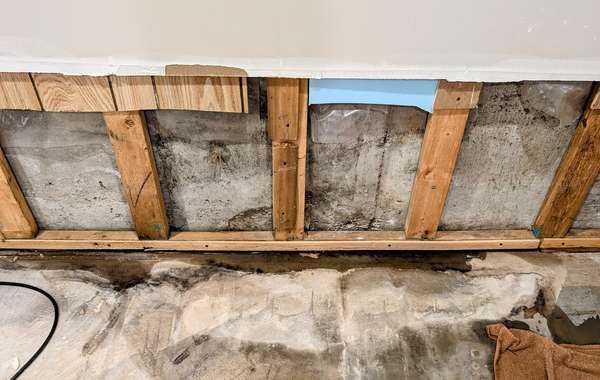

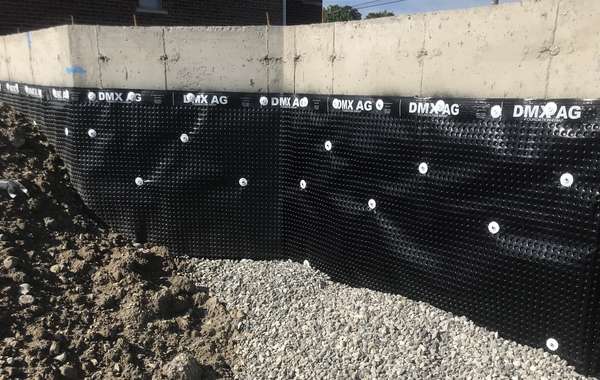
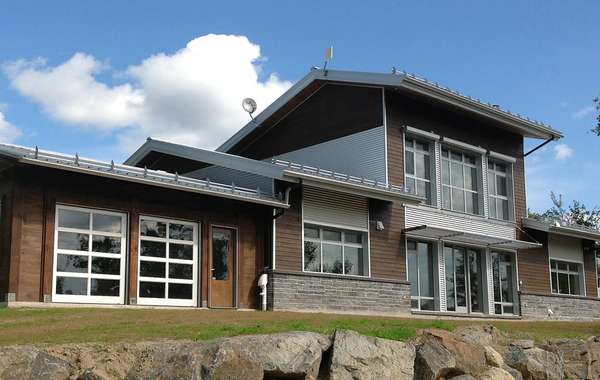
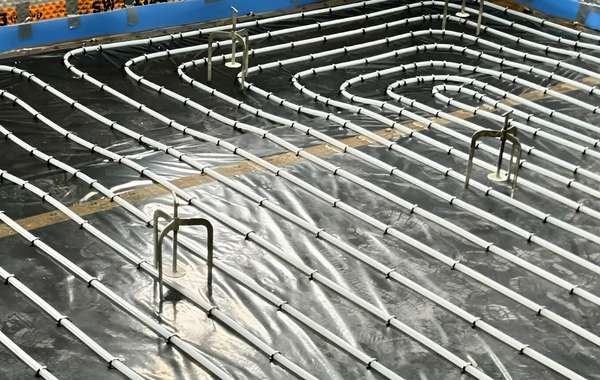
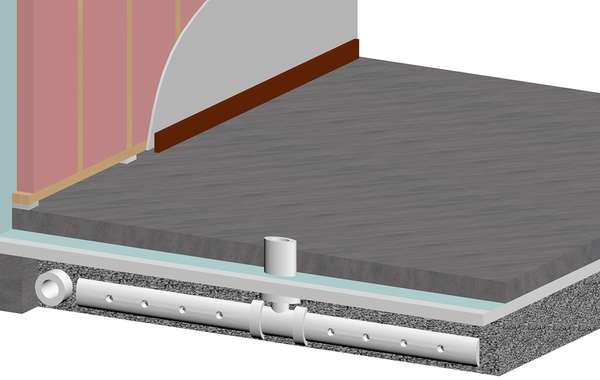
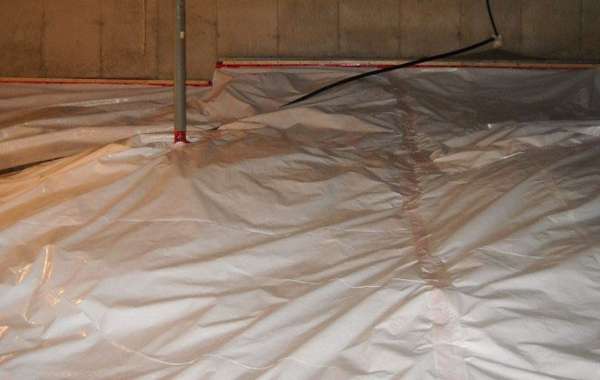

Comments (0)
Sign Up to Comment